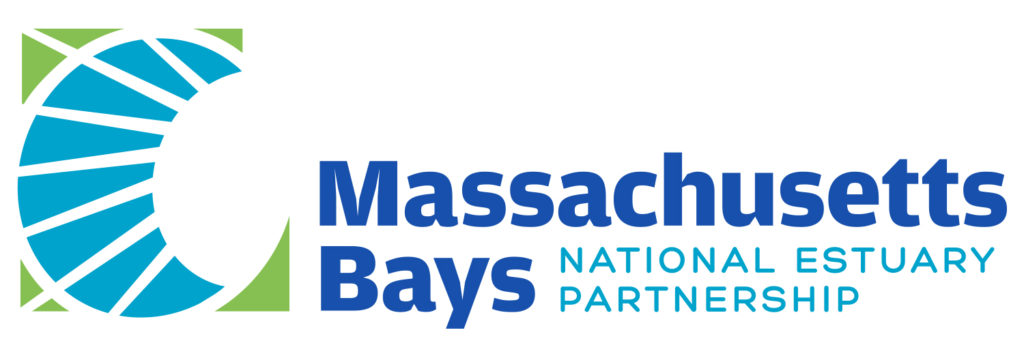
In Duxbury, MassBays and NSRWA completed their sixteenth year of Horseshoe crab monitoring. Duxbury is one of sixteen sites across the state that are part of the Massachusetts Horseshoe Crab Spawning Surveys managed by the Massachusetts Division of Marine Fisheries (DMF). 2024 was a particularly critical year for these surveys since DMF adopted a new restriction on the harvest of Horseshoe crabs just this April. The new regulation prohibits the harvest of horseshoe crabs from April 15-June 7 (during the crab’s spawning season) in all Massachusetts waters. This change is critical in protecting this species during their most vulnerable and critical life stage.
We are excited to see if the new regulations will eventually mark a rebound of Horseshoe crab populations. While these crabs are cool in their own right, they also serve many important functions in our local ecology. They mix up sediment and add oxygen back into the mudflats. Their eggs are a crucial food source for migrating shorebirds, like red knots and ruddy turnstones. And they are also very important to humans – a compound in their blood is used to test for bacterial contamination, they are used for bait in the eel, conch, and whelk fisheries, and for vision research. The citizen science programs throughout the state provide critical data that help DMF manage and protect the species.
For the Duxbury surveys, the NSRWA and MassBays put out a broad call for citizen science volunteers. Partner organizations such as Duxbury Beach Reservation helped broaden that call throughout the community. The result was a great success. At least 35 individual volunteers attended a series of training sessions and then conducted 23 different surveys from May 5th to June 23rd. The surveys occur on the high tides around the new and full moons. Beaches are surveyed at both high tides during a given day. This means that about half the surveys are conducted in the middle of the night from 11pm to 3am. This makes for some incredibly unique experiences under moonlit or moonless nights out on the beach!

In 2024, the surveys fell generally on the first and third weeks of May and June, when the new and full moons occurred. The total density of crabs (crabs/m2) peaked on the second survey during the full moon in May (Fig.1). The spawning index (females/m2) was highest during the first survey, and gradually decreased with each subsequent survey (Fig.1).
Substantially more total crabs (density) were observed during the daytime surveys (Fig.2). This was dominated by male crabs present during the daytime surveys. Female abundance was also greater during the daytime although to a lesser extent (Fig.2).
For 2024 crab density (0.55 crabs/m2) was nearly the same as 2023 and slightly lower compared to the 5-year rolling average of 0.77 crabs/m2. The spawning index (0.13 females/m2) was close to both 2023 and the 5-year average (Fig.3). We anticipate that it would take several years before the new regulations result in any changes to our local horseshoe crab populations.
Thanks again to all of our dedicated citizen scientists who conducted these surveys through all sorts of weather and often the blackness of a moonless night!





